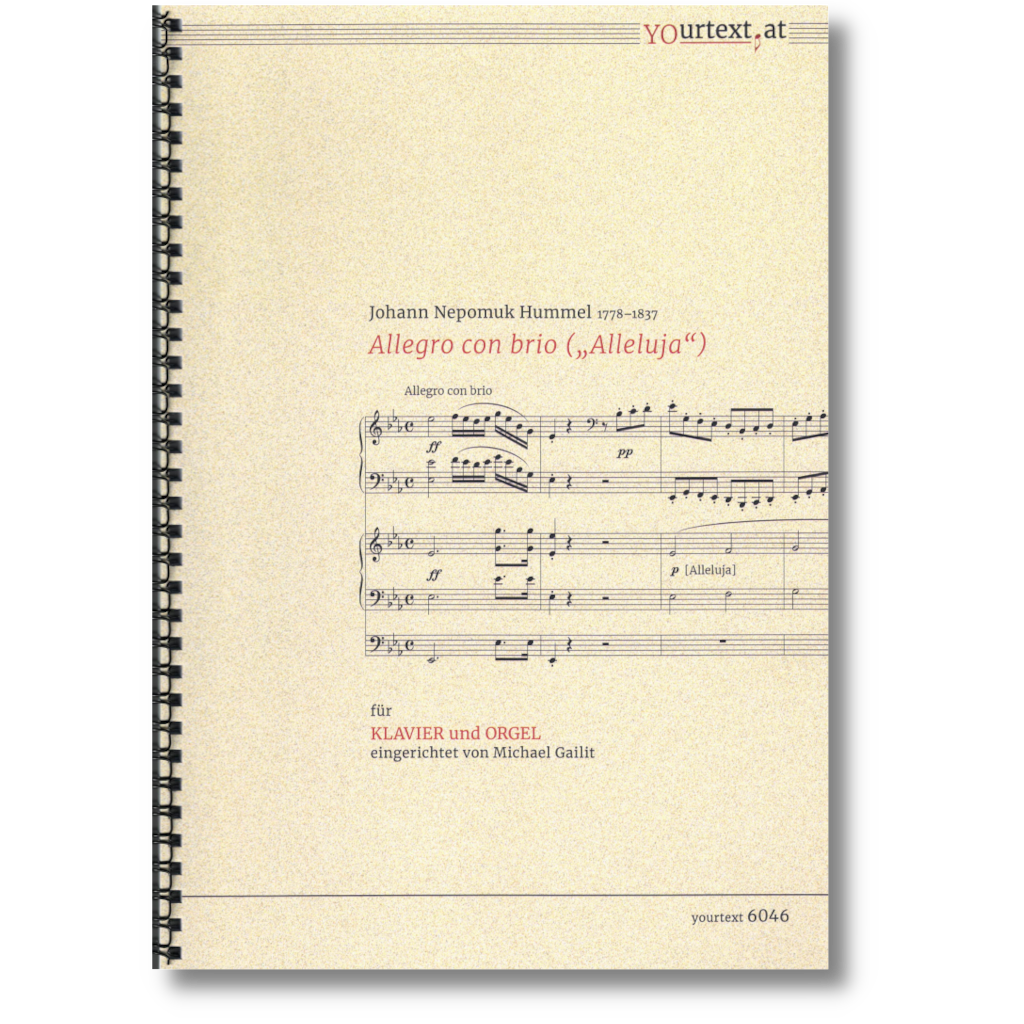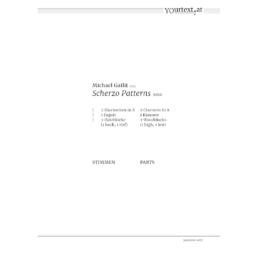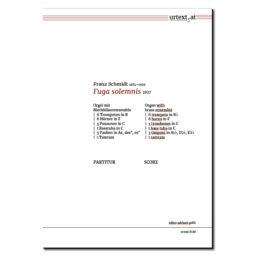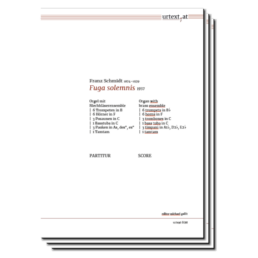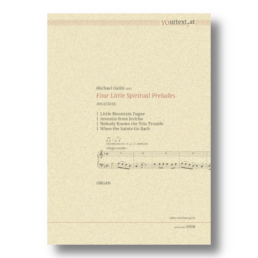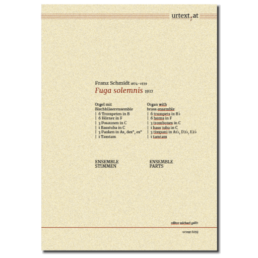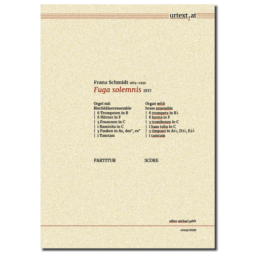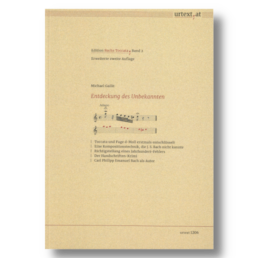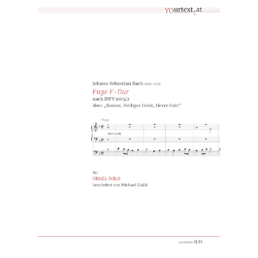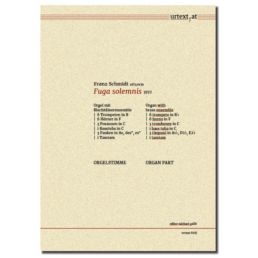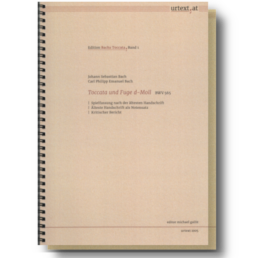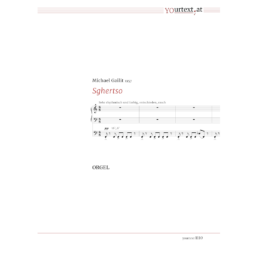.
Johann Nepomuk Hummel (1778-1837)
Allegro con brio Es-Dur („Alleluja“)
aus der Sonate Es-Dur, op. 13/1
bearbeitet von Félix Richert,
eingerichtet von Michael Gailit
.
KLAVIER und ORGEL
.
Die fröhliche Klaviersonate in Es-Dur, op. 13, gilt als das erste reife Werk von Johann Nepomuk Hummel (1778-1837). Er widmete sie als Grande Sonate seinem Mentor Joseph Haydn.
.
Der erste Satz, ein lebhaftes Allegro con brio in Sonatenform, verwendet als Hauptthema einen österlichen Hallelujaruf, der im Satz stets in parallelen Oktaven auftritt. Das Seitenthema hingegen hat akkordische Struktur und erinnert so an alpenländische Volksmusik. Beide Themen werden von der Orgel vorgetragen, während das Klavier die musikalische Delikatesse mit virtuosen Läufen und Figuren reich garniert.
The cheerful Piano Sonata in E flat major, op. 13, is considered the first mature work by Johann Nepomuk Hummel (1778-1837). He dedicated it as Grande Sonate to his mentor Joseph Haydn.
.
The first movement, a lively Allegro con brio in sonata form, uses an Easter Alleluia as its main theme, which always appears in parallel octaves throughout the movement. The secondary theme, on the other hand, has a chordal structure and is thus reminiscent of Alpine folk music. Both themes are assigned to the organ, while the piano richly garnishes the musical delight with virtuoso runs and figures.

